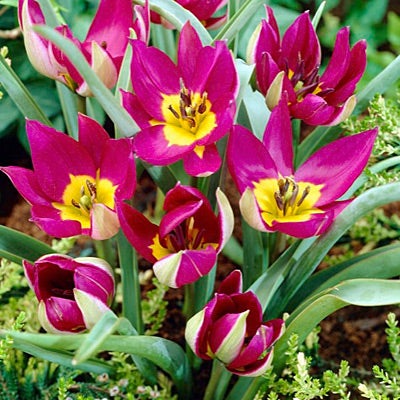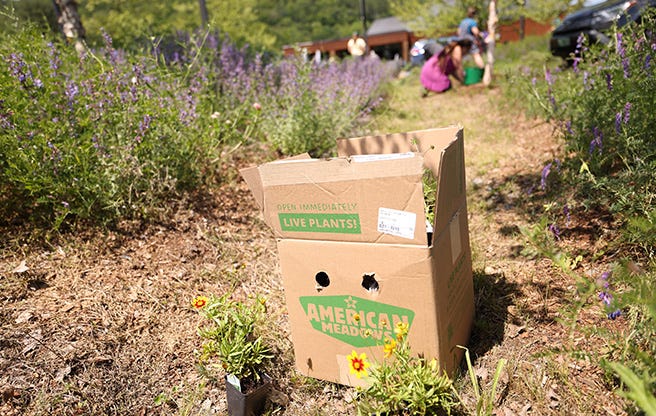Persian Pearl Wild Tulip
SALE | SAVE 25%
SKU: AM003137
Shipping:
Shipping begins the week of September 16th, 2024
Overview
Deep, magenta-rose flowers reveal a buttercup-yellow star on the inside. Persian Pearl's unusual exterior showcases a silver-gray flush, making them as pretty closed as they are open. Dependably perennial and deer resistant. (Tulipa humulis)
key features
Botanical Name
Tulipa humulis Persian Pearl
Advantages
Bee Friendly, Easy To Grow, Naturalizes, Container Planting
Growing Zones
Zone 3, Zone 4, Zone 5, Zone 6, Zone 7, Zone 8
Light Requirements
Full Sun, Half Sun / Half Shade
Soil Moisture
Dry, Average
Mature Height
4-6" tall
Bulb Spacing
9 bulbs per sq. ft.
Bloom Time
Early spring
SKU
AM003137




